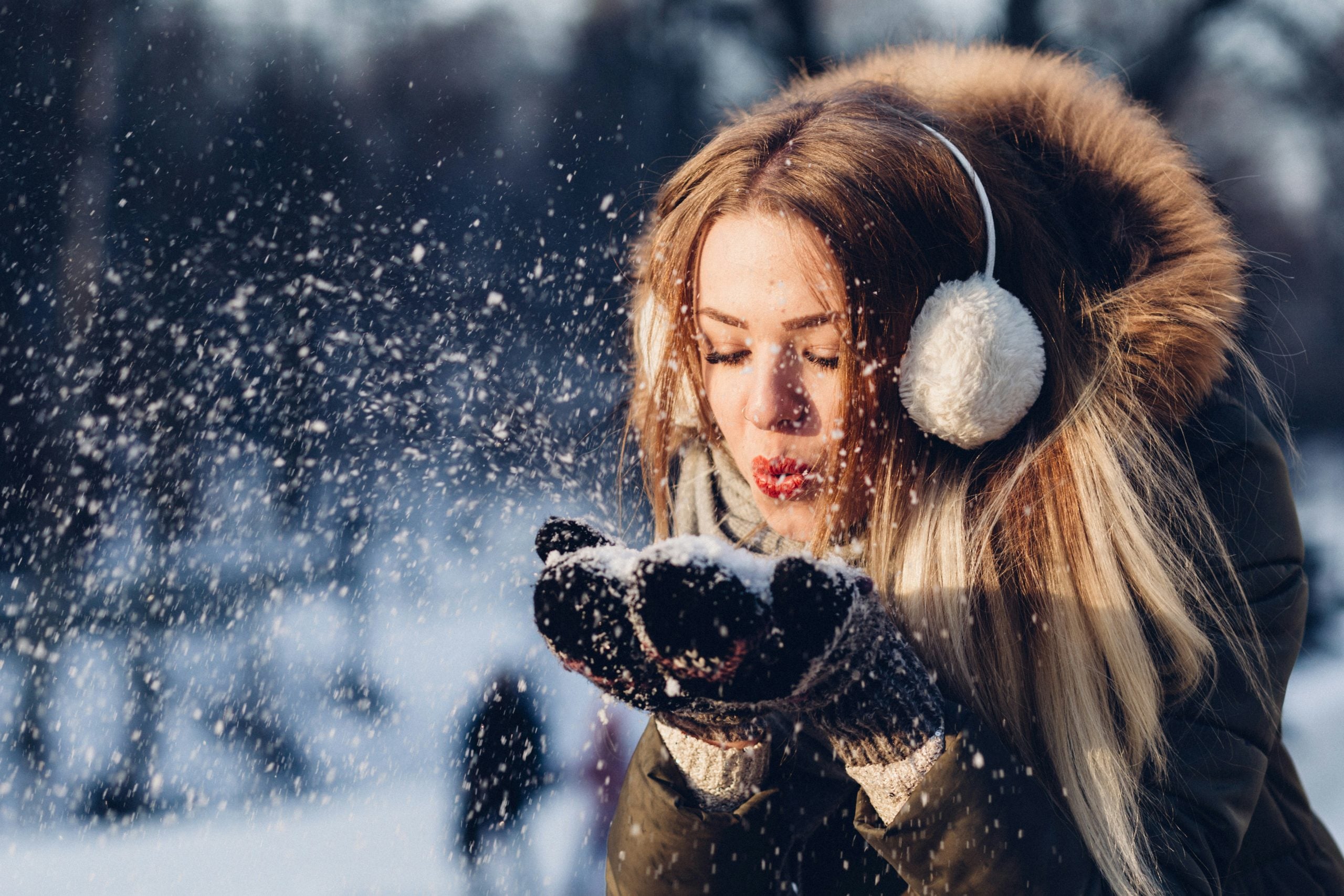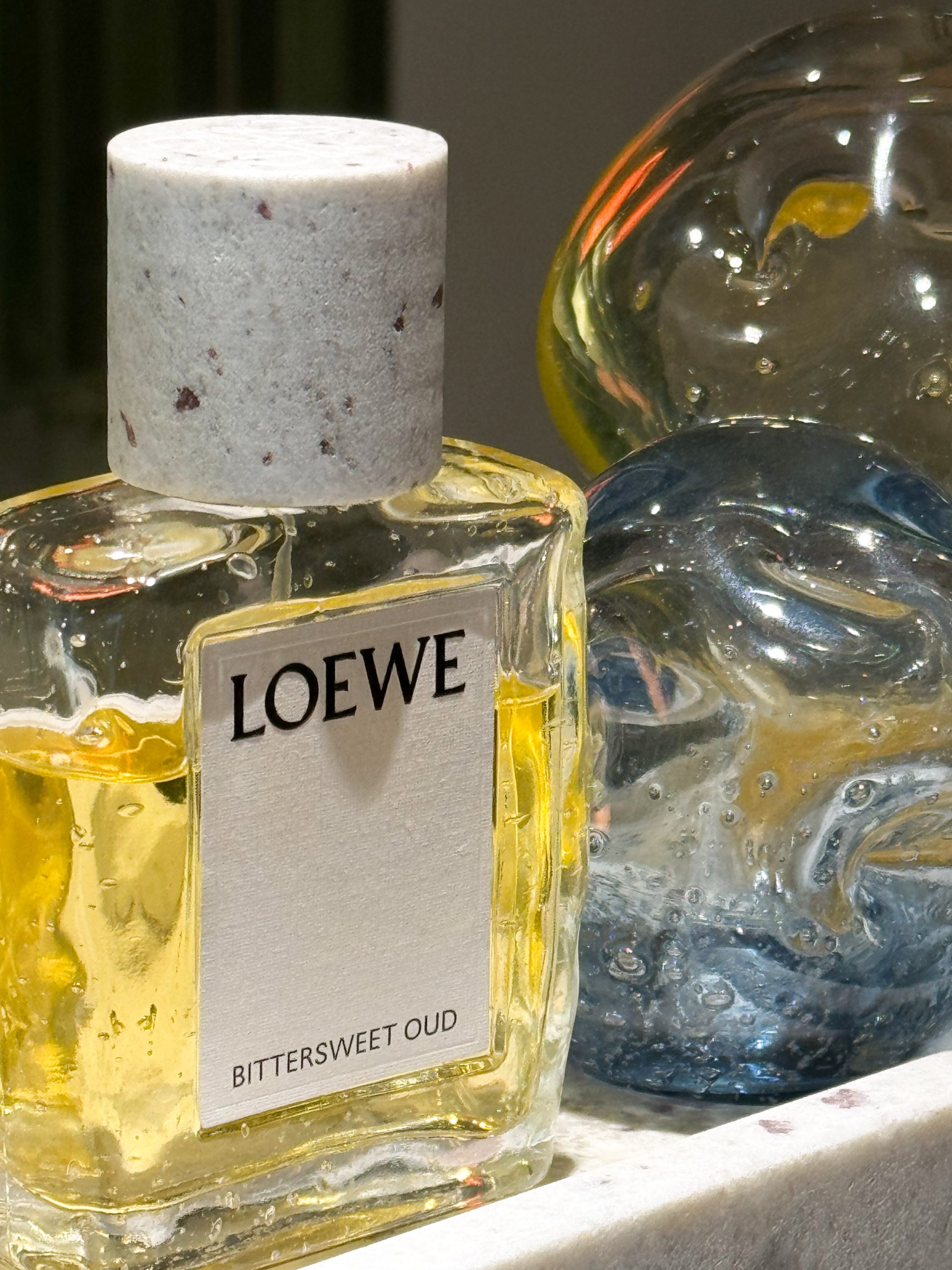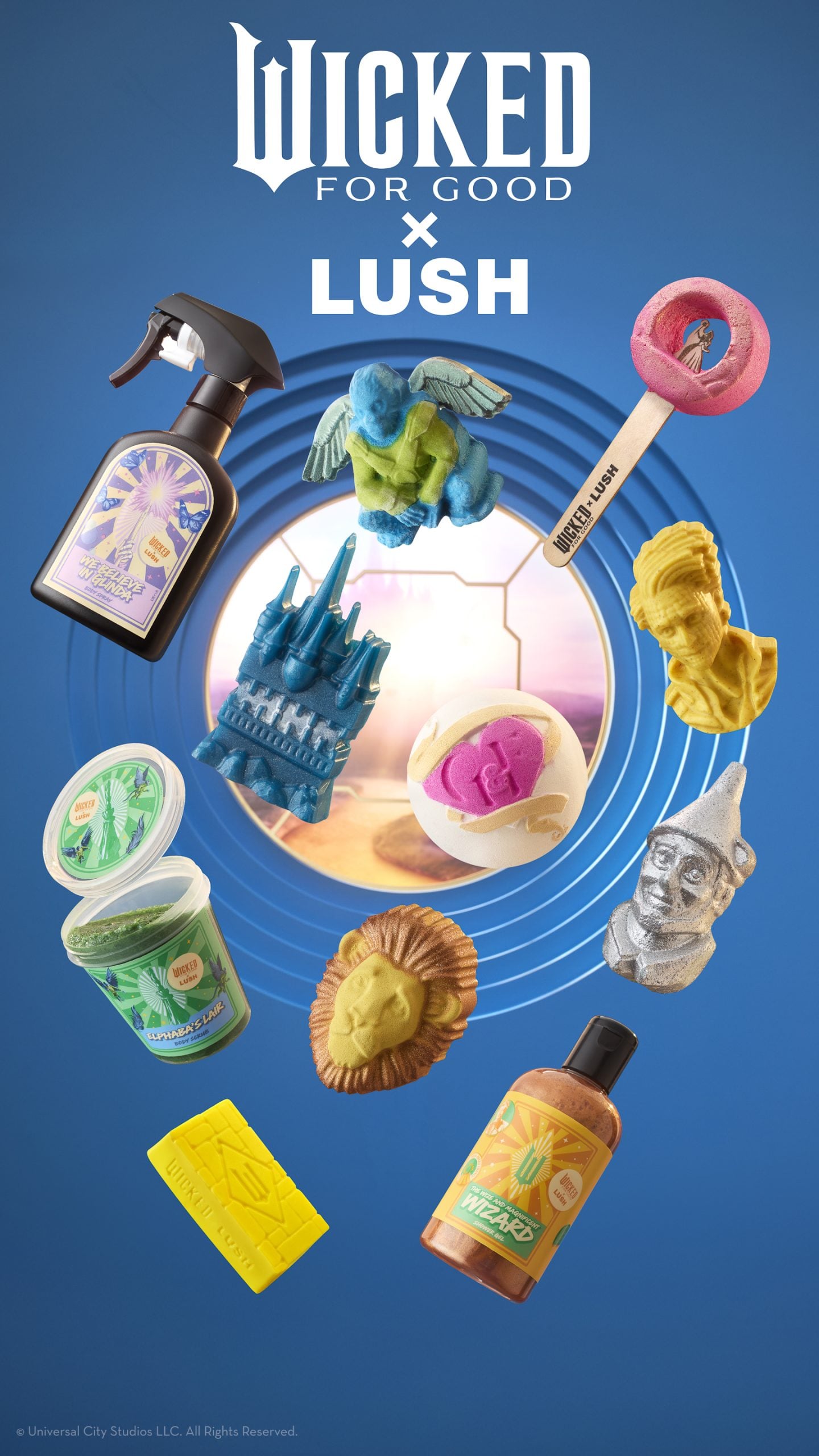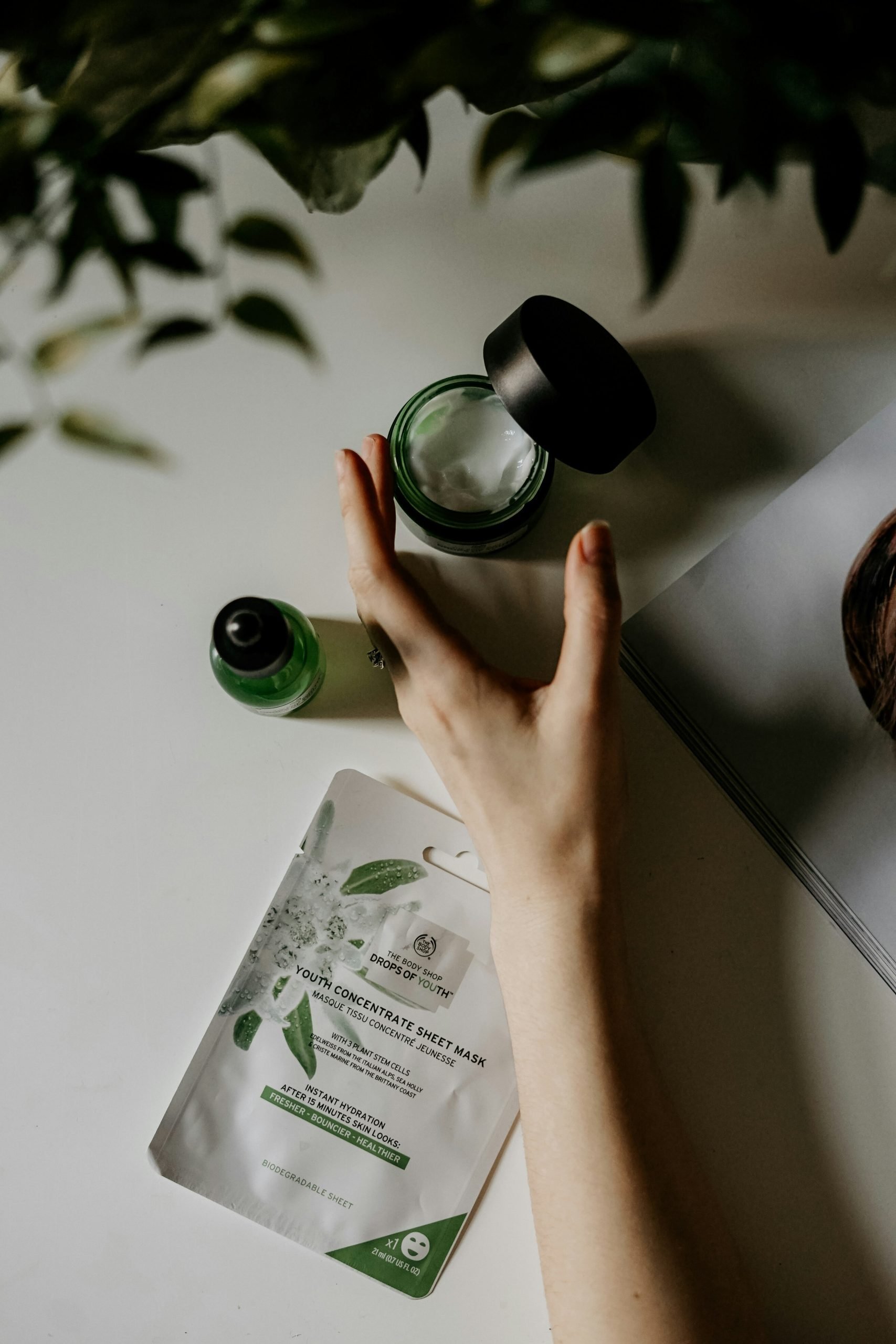
Collagen: Beauty Miracle or Ecological Disaster?
This publication is also available in: Français
Deutsch
Italiano
Español
English (US)
The star ingredient of beauty routines, collagen is one of the most widely used substances in cosmetics thanks to its anti-aging properties. However, behind this miracle of youth, a much less flattering reality emerges: the use of collagen has a disastrous impact on the environment. With the demand for this ingredient soaring, what ecological consequences could it lead to, and is there a way to produce “green” collagen?
If you are passionate about beauty while wanting to preserve the environment, this article is made for you.
Where does collagen come from?
First of all, it is important to understand what collagen is and where it comes from. Collagen is a completely natural protein, present in large quantities in our own bodies! It is found in the tissues that make up the skin, around the bones, in ligaments, tendons, and even cartilage. There are up to 28 different types of collagen, three of which are used in cosmetics.
- Type I collagen: Known for its anti-aging properties, it firms the skin, prevents the appearance of wrinkles, strengthens hair and nails, and is used by athletes to avoid injuries.
- Type II collagen: Beneficial for cartilage, it is recommended for rheumatism and osteoarthritis.
- Type III collagen: Improves blood circulation and helps with muscle regeneration.
Beyond its anti-aging effects, collagen is also used to alleviate certain muscle pains such as those related to osteoarthritis.
The word “collagen” comes from the Greek kólla, which means “glue” — rightly so, as it acts as a true binding agent, holding our skin and tissues firmly together.
Why is collagen a star cosmetic ingredient?
In addition to its anti-aging effects, collagen has many beneficial properties for the body. It helps retain water in the tissues, providing flexibility and firmness to the skin. It also contributes to muscle comfort, making it a valuable ally for athletes. Additionally, it strengthens fragile hair and brittle nails while promoting healing in case of injury.

The different types of collagen
- Marine collagen: obtained from fish residues that are valorized. Rich in glycine, hydroxyproline, and proline, its main action is to firm the skin.
- Plant-based collagen: the name is misleading, as plant-based collagen comes solely from animals. It is rich in amino acids, peptides, and vitamins C, B9, and B12. It helps the body produce more collagen.
To limit your ecological footprint, I recommend opting for marine collagen.
Its impact on the planet
Unfortunately, collagen and its beauty miracles come at a price: deforestation in Brazil and Paraguay.
This information was confirmed following a report published by Global Witness: cattle ranching in these regions accelerates large-scale deforestation. In three years, over 18,000 hectares have been devastated (more than the area of Paris), according to FashionNetwork, which adds that 3,000 tons of materials have been sent to a factory in France to meet the growing demand for collagen in cosmetics. The Gran Chaco, a vast forest larger than France, is, along with the Amazon rainforest, one of the primary victims of this consumption (not to mention the impact of soy, also linked to deforestation).
Even worse, ranches intended for collagen production are not subject to any transparency or traceability obligations regarding their environmental impacts.
What can be done? First, it is possible to reduce collagen consumption by taking care of your diet and opting for eco-responsible products. Then, let’s be realistic: with a market worth over 4 billion dollars, true international regulation is necessary to protect forests and impose transparency policies and limits on deforestation.
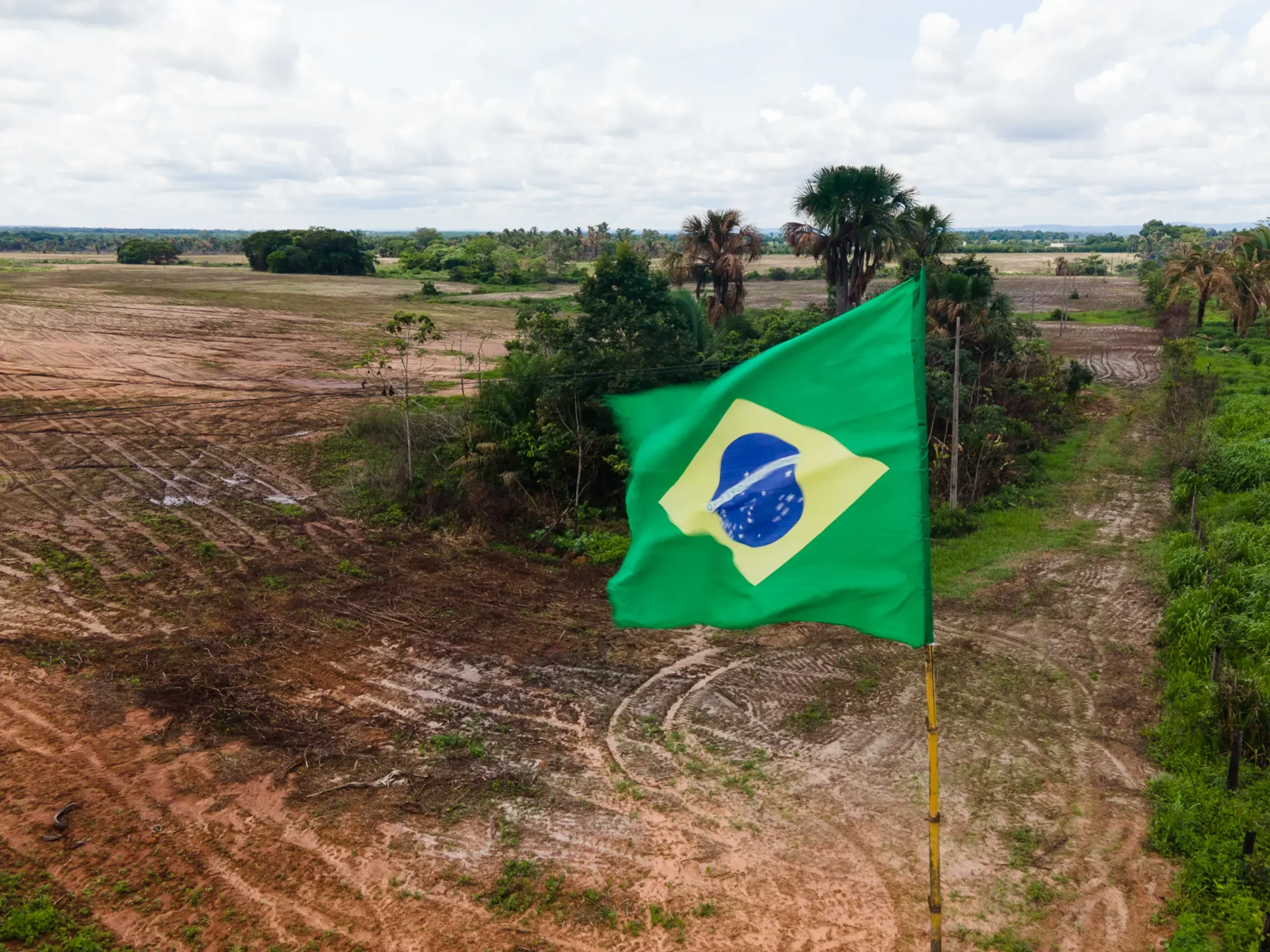
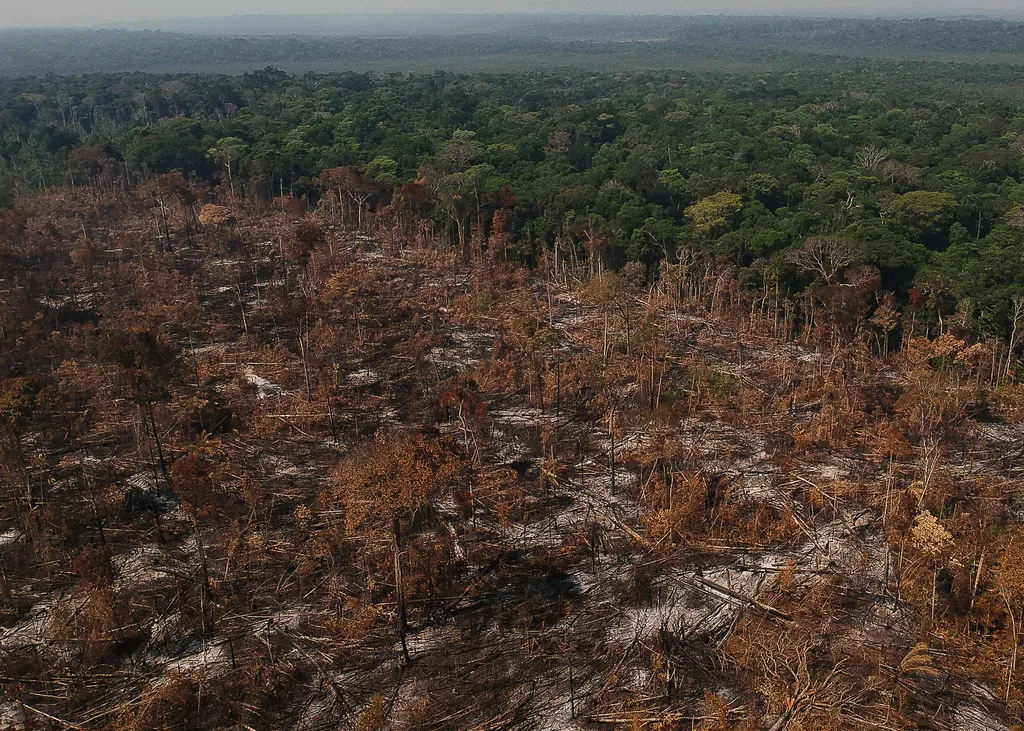
Eating foods naturally rich in collagen
Collagen is also found on our plates! Adjusting your diet by adding collagen-rich products could limit its use in cosmetics. Here are the main foods that promote collagen production in the body:
- Chicken
- Fish
- Eggs
- Vegetables rich in vitamin C
Moreover, you probably know that a radiant skin also comes from good hydration and a varied diet, rich in fibers and vegetables.
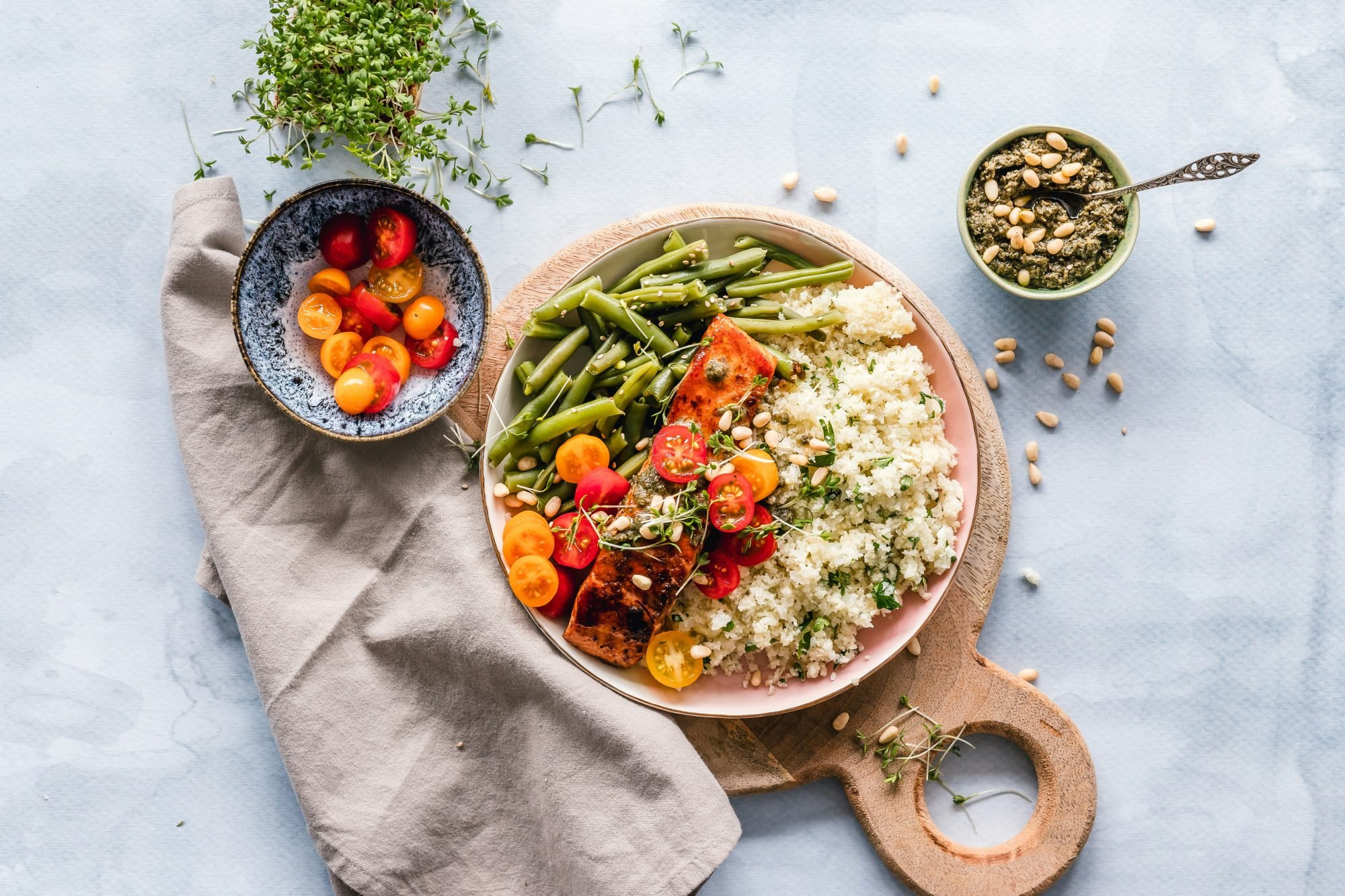
Shopping selection
Now that you know everything about collagen, here is a small selection of beauty products as advice! Don’t forget to prioritize a healthy diet and foods naturally rich in collagen for a reinforced effect, both from the inside and through your skincare.
You can also opt for alternatives to collagen, such as serums with vitamin C, which provide radiance to the skin without contributing to deforestation.
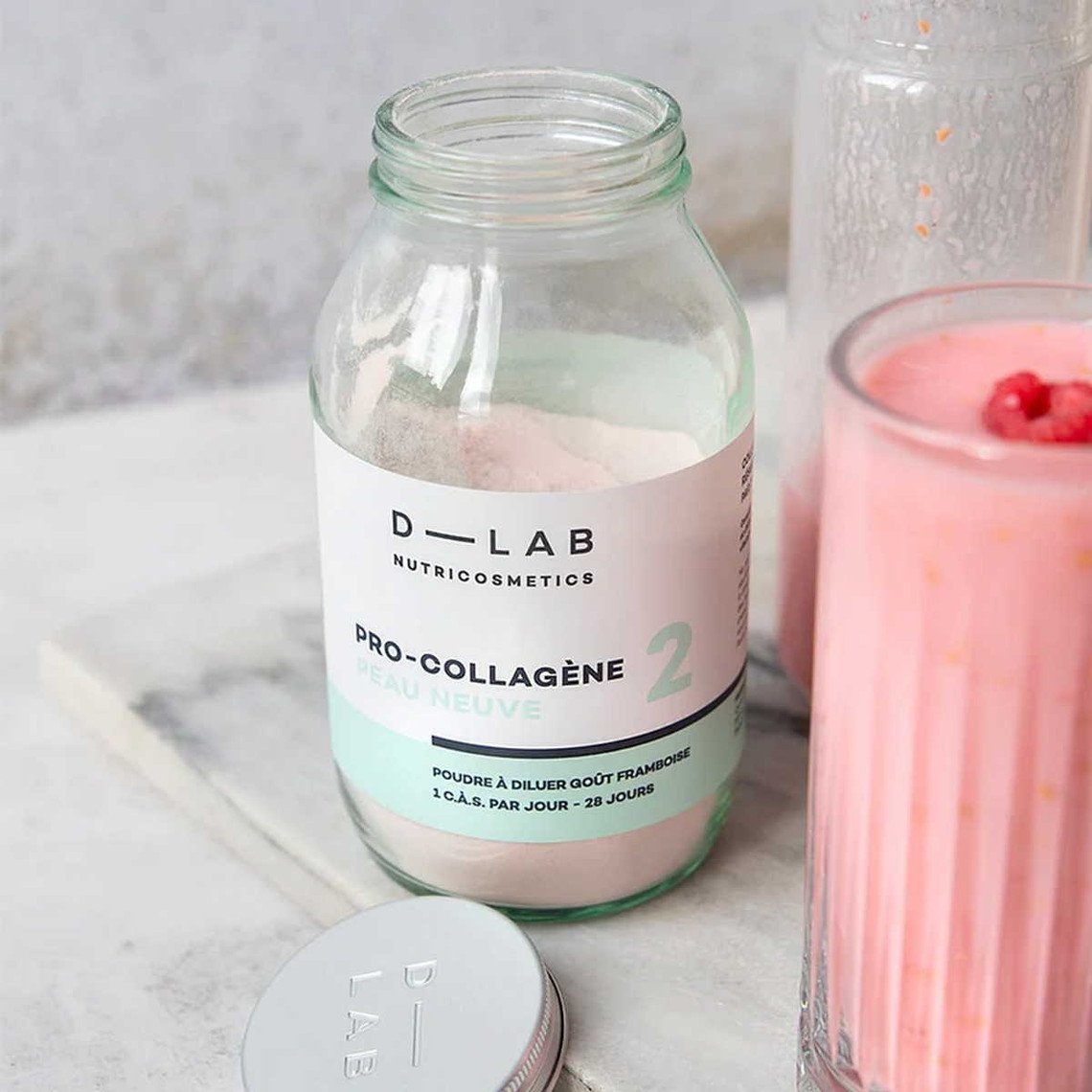
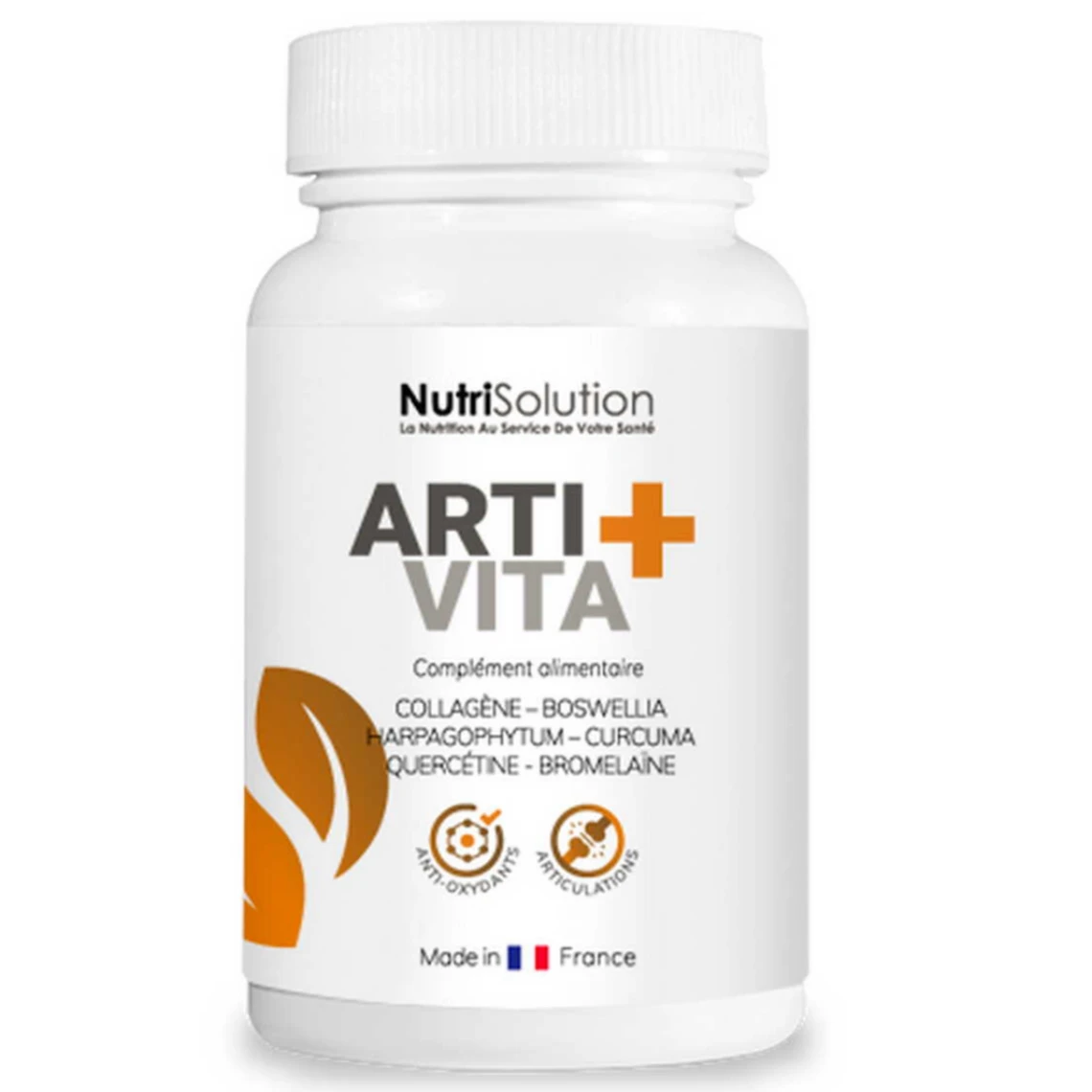
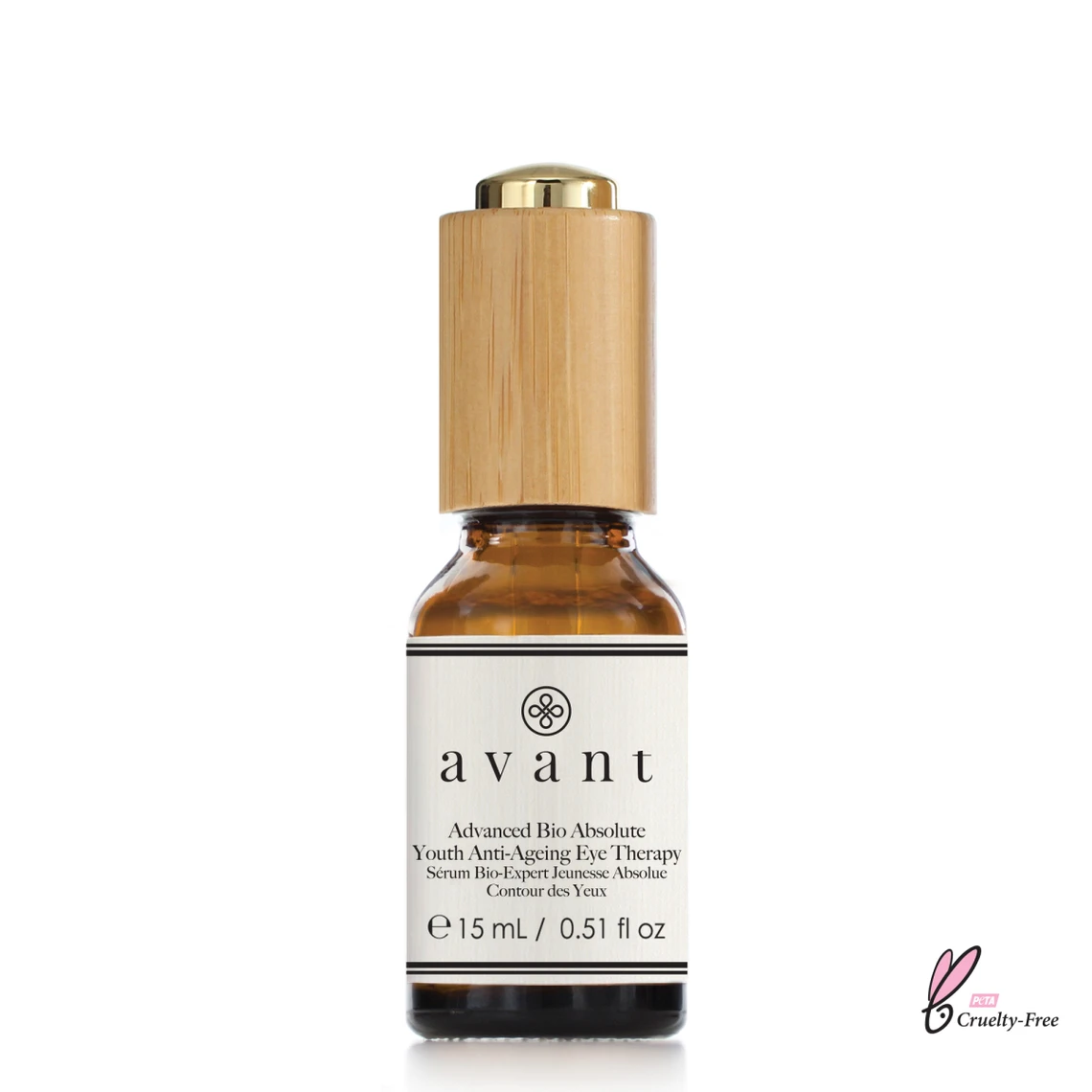
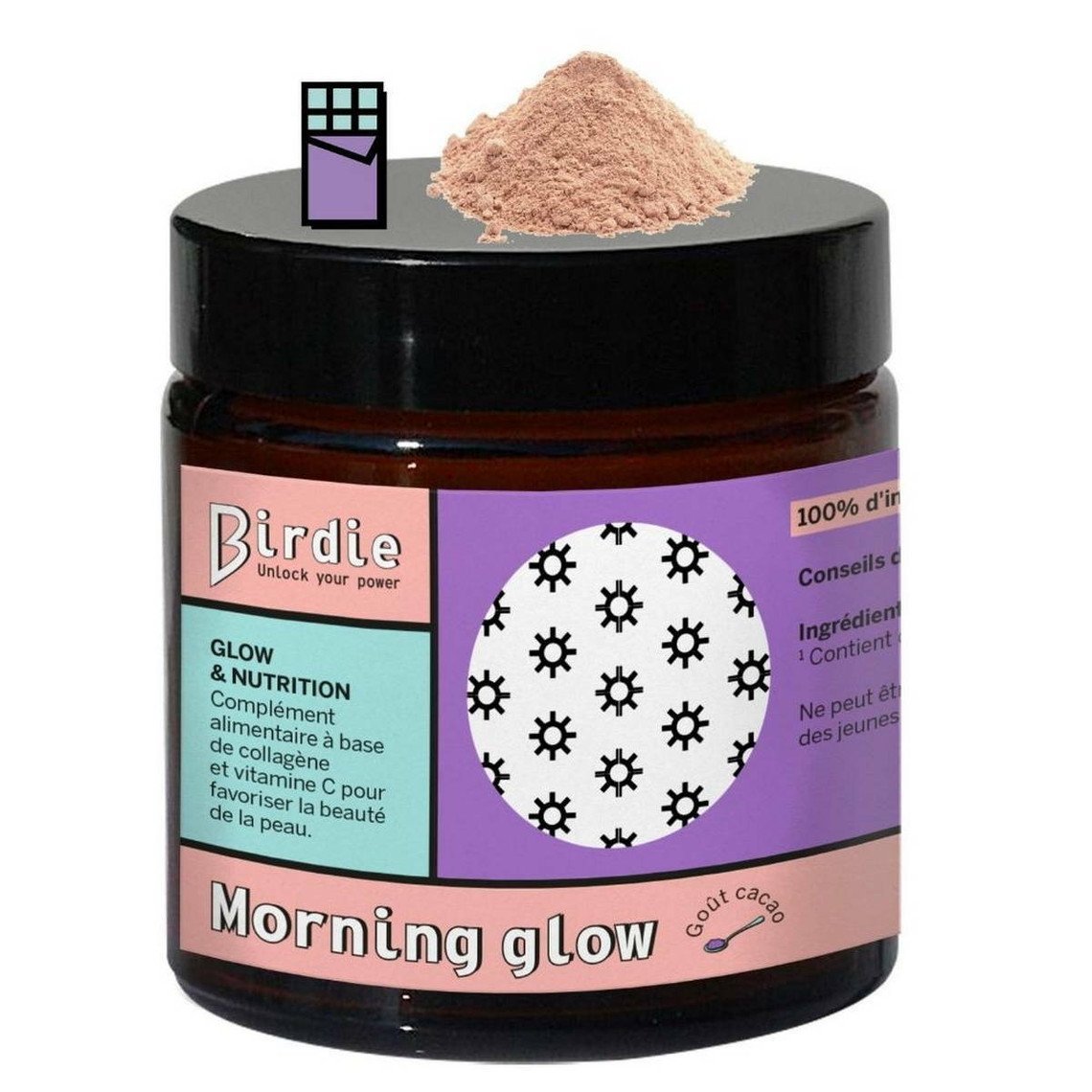
featured image: © unsplash
